
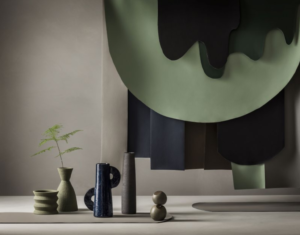
We strive to maximize natural light in our homes, and house plant sales continue to rise. Outside spaces in residential construction are at an all-time high, along with warm weather travel. Even National Parks are extending reservation availability, due to renewed popularity.
Post pandemic, the reasons for these trends seem obvious. We were coping with the idea of being “stuck inside” How does that differ from the Workplace, Senior Housing, Healthcare, or Education as we know it?
Biophilia is an approachable concept. Defined in the ’80s by E.O Wilson. Simply put we have an evolutionary bond to our natural environment. Ironically as his theory celebrates its renaissance Wilson passed away at the end of 2021.
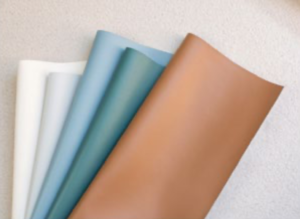
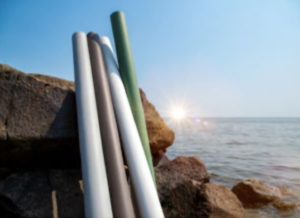
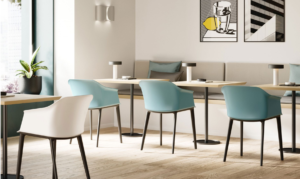
For most, the rebirth of biophilic design was executed in a very literal way. Incorporating Live Walls, moss elements, and increasing plants in shared spaces.
As we take a step back, we can think of it more like a panoramic
picture. When we are immersed in nature, we are surrounded.
A pivot from the literal, there is a wave of earth tones and nature inspired colors are trending every day. Sustainable wood elements, plant- based textiles, and repurposing initiatives continue to thrive.
“Do what you can, with what you have where you are.”
Theodore Roosevelt
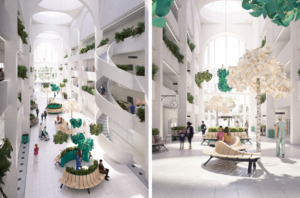
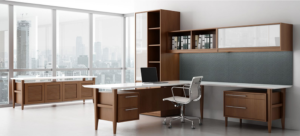
Making the benefits of biophilia accessible in any space is the goal.
According to the article Wood as a Restorative Material in Healthcare Environments “much of biophilic design and the research field of environmental psychology deals with stress. Stress is a predictable part of modern life and biophilic design has been presented to defuse it.”
Wellbeing through placemaking can be bolstered by using wood furniture, and wood-like products.
In the Healing Forest’s Guide, they state: “Forest bathing is the practice of immersing yourself in nature in a mindful way, using your senses to derive a whole range of benefits for your physical, mental, emotional, and social health. It is also known as Shinrin-yoku. ‘Shinrin’ means forest and ‘Yoku’ stands for bathing. The idea took birth in Japan in the 1980’s and proved to be a very effective tool to overcome the ill effects of a hectic life and stressful work environment.”
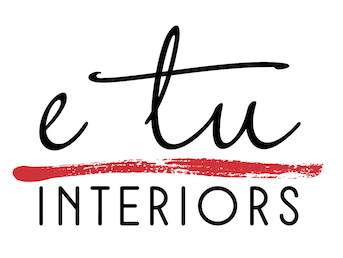
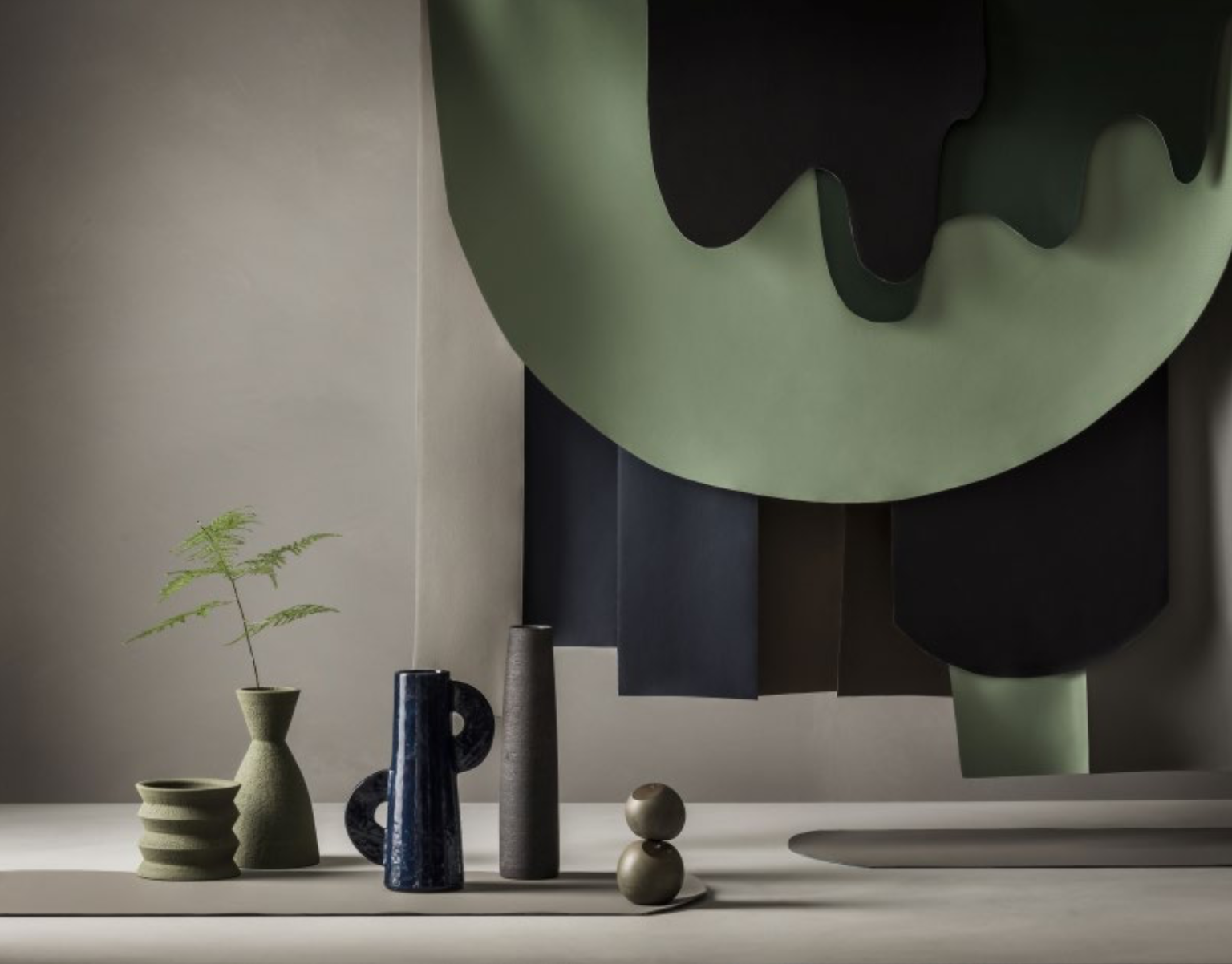
Very nice write-up. I definitely appreciate this site. Thanks!